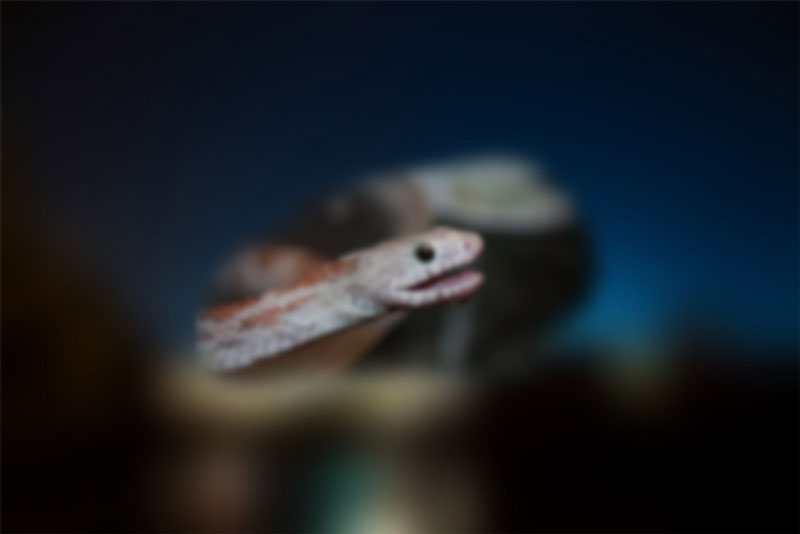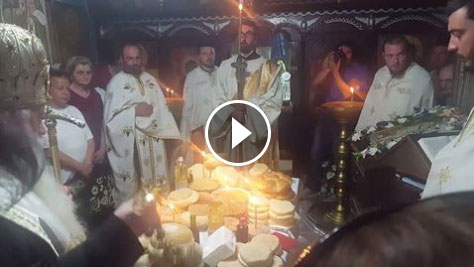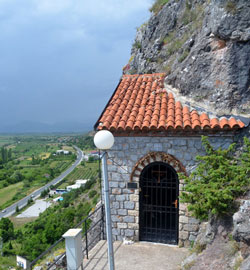On January 19, 2015, Klime Niceski told us the following:
– When the episcope Dimce Fakircheto was in St. Erasmus, his younger sister with relatives went to pray there. They entered the cave church. They’ve made the sign of the cross and they lit candles. When they looked at the icon, they saw a two-meters-long grass snake rolled like a cake. They got scared and run away screaming.
Fakircheto run out:
– What is it, why are you screaming? – He asked them.
– There’s a curled snake inside!
– Don’t be afraid! He is a Tolosum, the Guardian, the Protector, St. Erasmus. He doesn’t attack. He regularly comes here and goes without being noticed by anyone.
The episcope, Fakirceto even laid him a little carpet to lay there.
Note: What is a Tolosum? The essence is said in this text: guardian, protector, saint. It usually appears in the shape of a grass snake. There is an opinion among the people that every house has its own grass snake and it doesn’t need to be beaten. Tolosum also appears in the form of objects, money and something similar. He/It doesn’t need to be taken. He will be found by the one to whom he belongs.
One family was certain that in the ground beneath their house there was buried a gold. The family members, although they knew about these tellings, they neither try to find it, nor allowed their close ones to make examinations using modern methods.
“If there really is, it may be a Tolosum. If it was ours, we would find it when we were building the house!”
– they said, because, according to popular belief, one who takes or destroys the Tolosum will experience great misfortune. In fact, the Tolosum is an angel guardian of the building, of the house – a saint. Therefore, depending on how someone really is, it is said: that’s how his Tolosum will be. The Tolosum doesn’t give.


